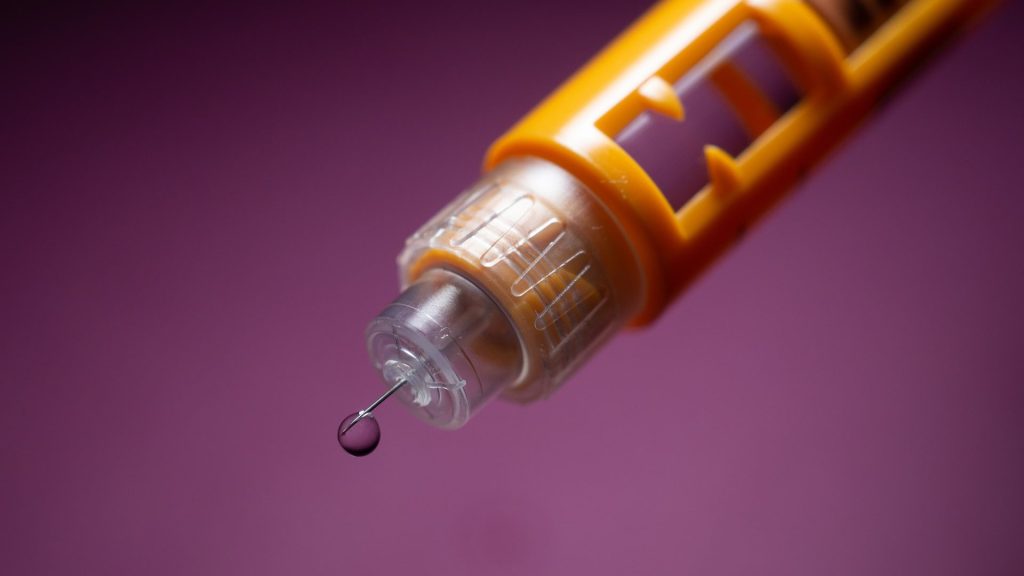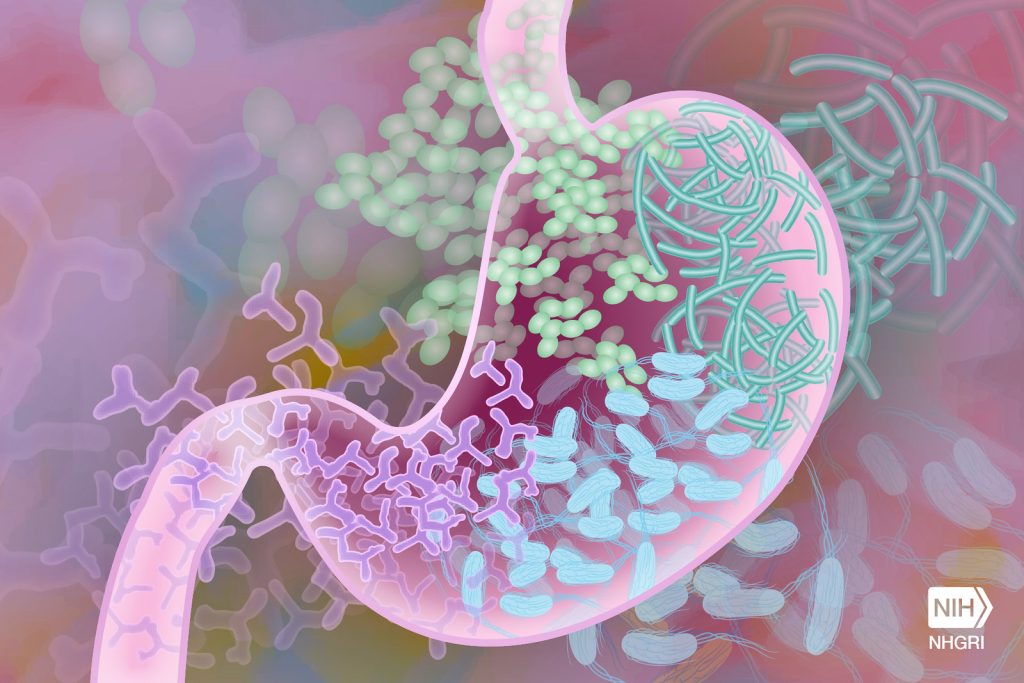Sanofi Commits to Affordable Insulin Pens for Diabetic Patients

Over the past few years, there has been a notable shift towards the use of insulin pens in the public sector, replacing traditional vials. This transition has been driven by the advantages insulin pens offer, including improved dosing accuracy, ease of use for patients, greater convenience, and better adherence to treatment.1
The move to basal insulin is in line with the National Strategic Plan for the Prevention and Control of Non-Communicable Diseases 2022-2027, which outlines specific targets for managing diabetes. This plan aims to improve early detection and treatment of diabetes by ensuring that 90% of people over 18 know their blood pressure and blood sugar levels. It also aims for 60% of those with high levels to receive treatment, and 50% of those treated to have their levels under control. These measures are designed to improve the management and outcomes of diabetes in the population.2
Since May 2023, the Department of Health has faced insulin pen rationing as the previous sole supplier opted not to tender. Nearly 50% of the insulin required for patients was expected to come in pen sets. To mitigate the impact, the health department has sourced a limited supply of insulin pens and analogues for vulnerable groups like the elderly, young children, and visually impaired individuals, despite the higher cost of insulin analogues, which offer more convenient and effective blood sugar management.3
In 2021, long-acting analogue insulins were added to the WHO Model List of Essential Medicines (EML) and have significantly reduced aligning with those of human insulin.3 Recognising this need, Sanofi has adjusted the price of its basal insulin to the cost of human insulin in South Africa.
Sanofi has been engaging with the National Department of Health to meet the needs of vulnerable patient groups,” says Dr Asafika Mbangata, Medical Advisor for Diabetes and Established Products, Sanofi. “A circular has been released by the department, identifying patient groups that would benefit from analogue insulins. This includes vulnerable groups like the elderly, young children, and visually impaired individuals. Sanofi is committed to ensuring that patients have access to treatment which will help control the disease by achieving adequate glycaemic control and eventually, prevention of complications in South Africa.”
Long-acting insulin analogues offer significant clinical benefits over human insulin, including prolonged duration of action,4 more stable glucose control with less hypoglycaemia, and reduced need for multiple daily doses.5 These benefits are particularly crucial for patients experiencing dangerously low blood glucose levels with human insulin.5 In addition, reductions in HbA1c (a key blood sugar indicator) are greater with all basal insulin analogues compared to human basal insulins.6
Diabetes Type 1
It’s estimated that more than 31 000 people in South Africa live with Type 1 diabetes and require full insulin replacement therapy, with multiple daily injections. Among them, 5000 are children.7
“Insulin pens, which are more accurate, user-friendly, and associated with less pain when used with short and fine needles, significantly enhance their quality of life,” says Dr. Mbangata. “This is particularly important for children, who are more likely to adhere to their treatment schedules with the easier-to-use and less painful pens.”
Diabetes Type 2
According to the International Diabetes Federation (IDF), 4.2 million South African adults are living with diabetes, primarily type 2.7 Of these, 84% access diabetes care in the public sector. Diabetes is the second leading cause of death in South Africa, following tuberculosis, and the leading cause of death among females.8
More than 9% of the South African population is 60 or older.9 Around 600 000 elderly individuals are living with diabetes, with approximately 500 000 of them accessing public sector healthcare.10
Treating diabetes in the elderly often requires a multidrug regimen, including insulin therapy. However, due to comorbidities such as dementia, vision loss, neuropathies, poor mobility, and manual dexterity issues, elderly patients are at increased risk of hypoglycaemia and dosing errors associated with insulin administration. Insulin pen devices have been shown to provide more reliable, accurate, and simplified dosing, making them a safer and more acceptable method of insulin delivery for the elderly population.11
Impaired vision
Diabetic retinopathy (impaired vision) is the third most common cause of blindness in South Africa, following cataracts and glaucoma.12 A pilot project screening for diabetic retinopathy in primary care at three Cape Town community healthcare centres assessed 400 patients living with diabetes. Over 80% had significantly reduced visual acuity, and 63% had retinopathy.12 These visually impaired patients would greatly benefit from using insulin pens, which make a clicking sound when the dial is turned, indicating the dose.
“Against the backdrop of these statistics, Sanofi continues in its efforts to make insulin pens more affordable and accessible, and our aim is to improve the quality of life and healthcare outcomes for South Africa’s diabetic population,” says Prudence Selani, External Affairs Head, Sanofi.
References
- Diabetes Spectr 2012;25(2):117–122
- Health Policy Watch. New WHO Essential Medicines List Includes Controversial Insulin Analogues. Available from: https://healthpolicy-watch.news/who-essential-medicines-insulin-analogues/
- Brunetti VC et al. Diabetes ObesMetab. 2022;1–13
- Sims EK et al. Nat Med. 2021;27:1154-64
- MannucciE et al. Endocrine. 2021;74:508-17
- IDF Diabetes Atlas 10th edition 2021
- Report-03-08-012018 (www.statssa.gov.za)
- StatsSA report: Marginalised Groups Series VI: The Social Profile of Older Persons, 2017–2021
- Werfalli M, Kassanjee R, Kalula S, Kowal P, Phaswana-Mafuya N, Levitt NS. Diabetes in South African older adults: prevalence and impact on quality of life and functional disability – as assessed using SAGE Wave 1 data. Glob Health Action. 2018;11(1):1449924. doi: 10.1080/16549716.2018.1449924. PMID: 29699475; PMCID: PMC5933282.
- Wright BM, Bellone JM, McCoy EK. A review of insulin pen devices and use in the elderly diabetic population. Clin Med Insights Endocrinol Diabetes. 2010;3:53-63. doi: 10.4137/CMED.S5534. Epub 2010 Nov 22. PMID: 22879787; PMCID: PMC3411523.
- Bertram MY, Jaswal AV, Van Wyk VP, Levitt NS, Hofman KJ. The non-fatal disease burden caused by type 2 diabetes in South Africa, 2009. Glob Health Action 2013;6:12944. [http://dx.doi.org/10.3402/gha.v6i0.19244]
- Cairncross JP, Steinberg WJ, Labuschagne MJ. Prevalence of eye pathology in a group of diabetic patients at National District Hospital Outpatient Department in Bloemfontein, South Africa. Afr J Prim Health Care Fam Med. 2017 Sep 27;9(1):e1-e7. doi: 10.4102/phcfm.v9i1.1440. PMID: 29041796; PMCID: PMC5645559.





